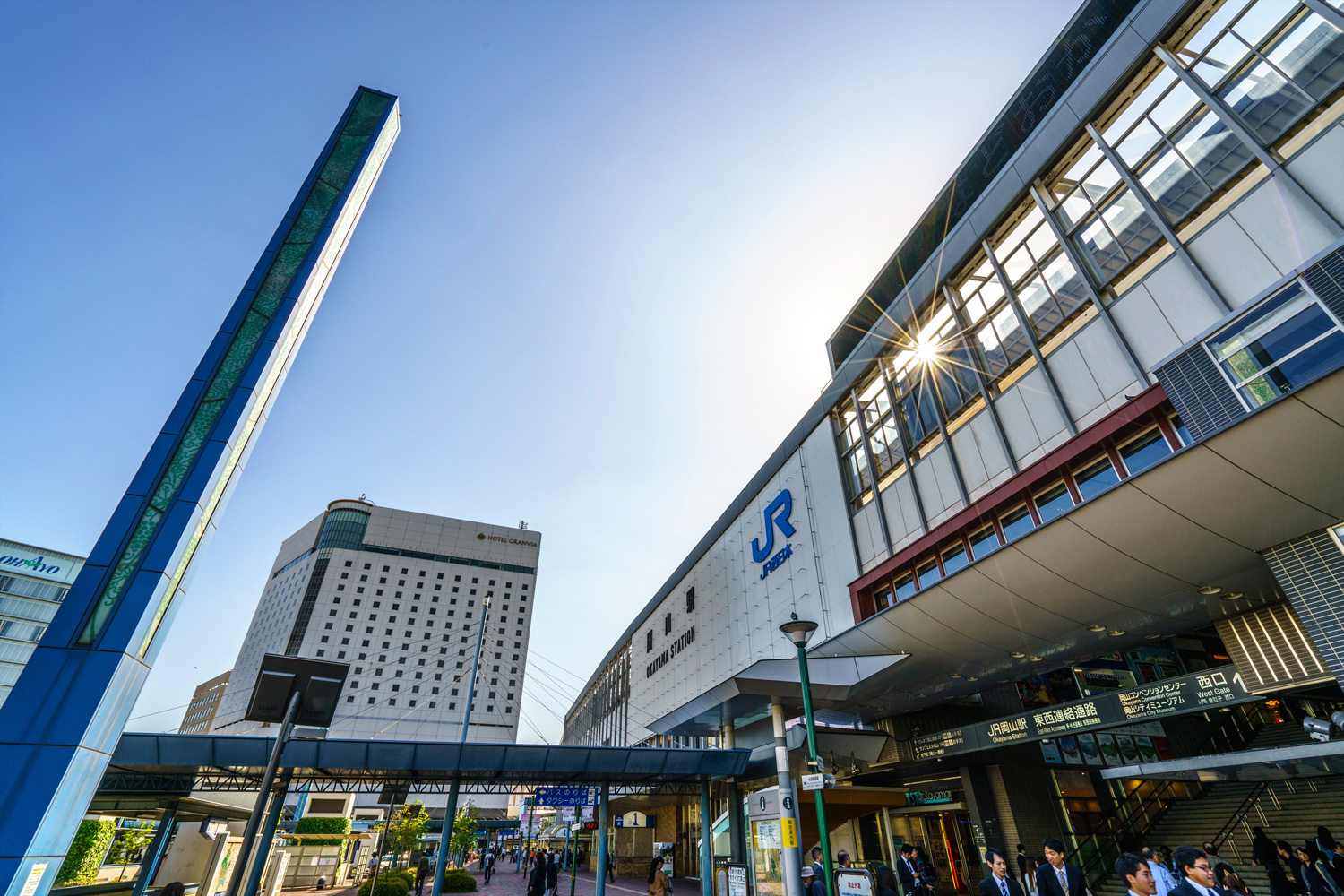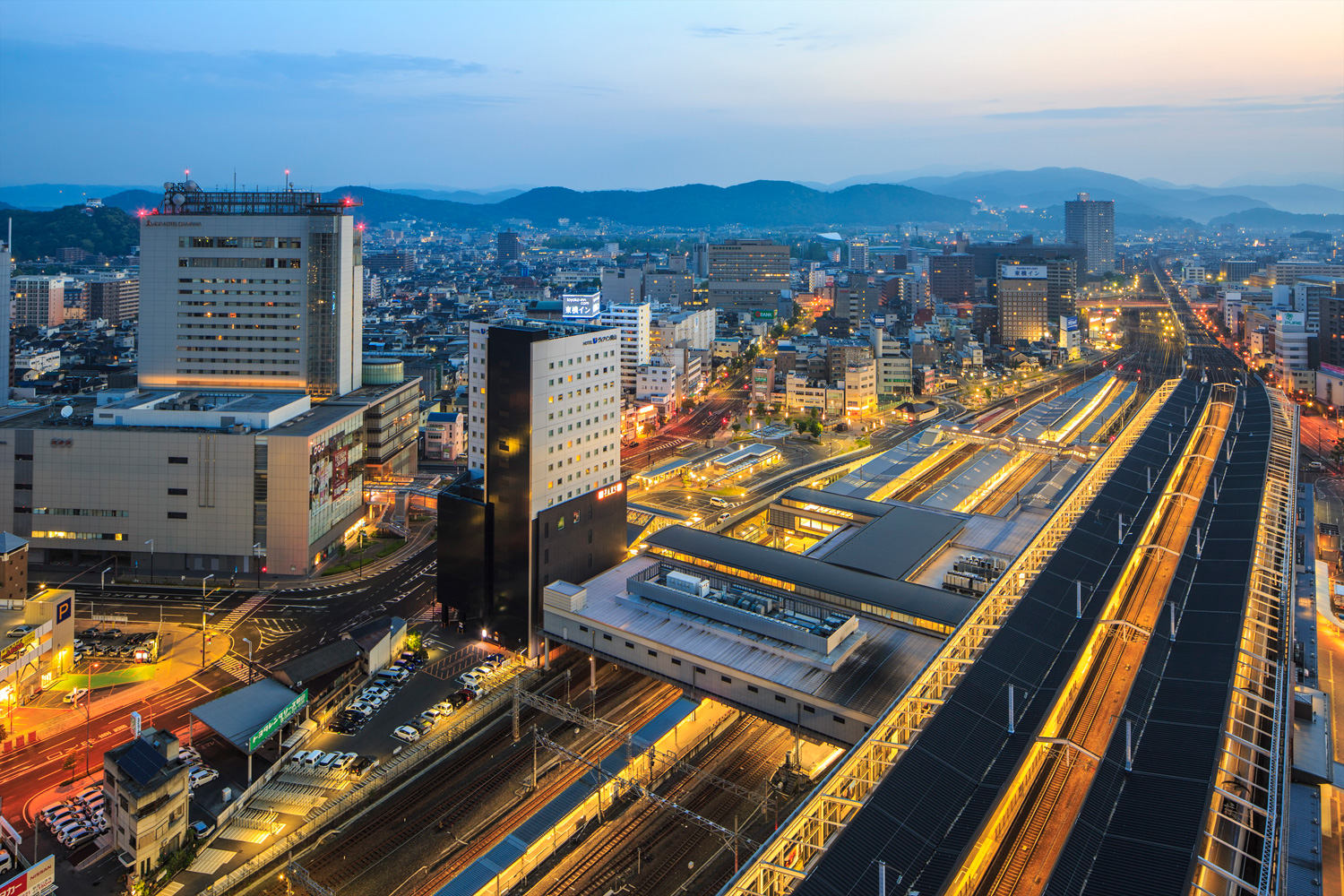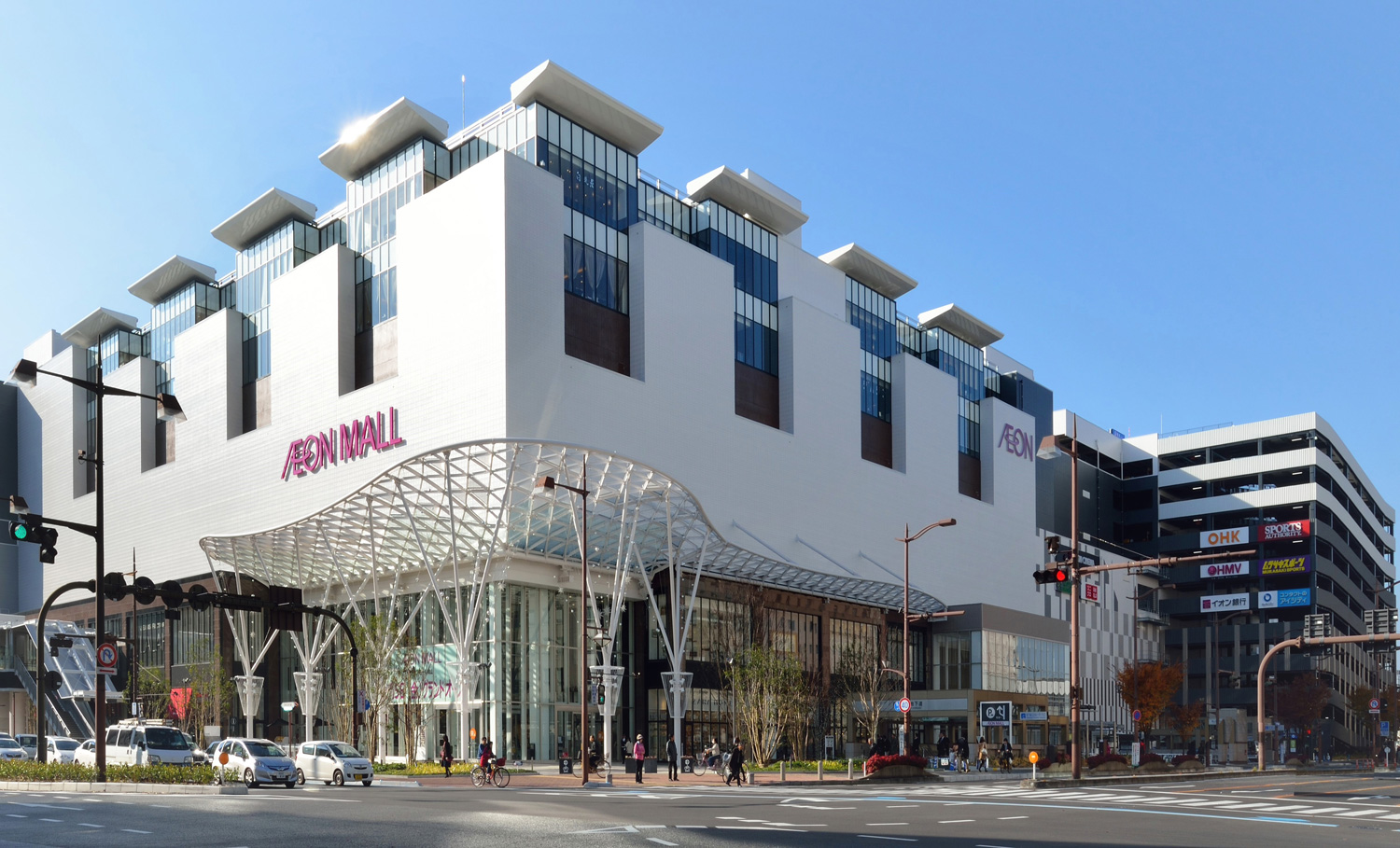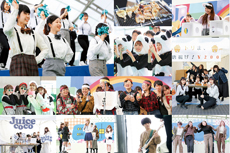There are many ways for an OBC student to enjoy a break after a hard time studying, such as eating out with friends, going shopping, singing karaoke or playing bowling. Although you can find all of the above destinations in many different areas of the city, most of the places that are popular with the OBC student community are concentrated near Okayama Central Station.


Shopping
There are 3 large commercial centers in Okayama city, namely Aeon Mall, Tenmaya Department Store and Takashimaya Store, in addition to many general supermarkets such as Donkihote, Conan, etc. or the largest electronics supermarket in the province. such as Bic Camera and countless cosmetic, clothing, and department stores, all of which are conveniently located, just a 5-15 minute walk from the school's campuses. You can find almost everything you need here, from clothes, home goods, electronics to souvenirs, toys, accessories, cosmetics, CDs and books. In these malls there are also 100 Yen shops (which sell a multitude of items for as little as 100 Yen each), supermarkets, food courts, restaurants and game centers, very convenient for you.

 SCHOOL DEPARTMENT
SCHOOL DEPARTMENT


